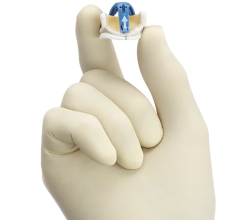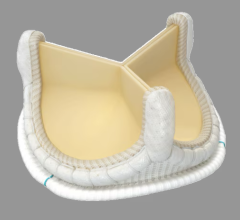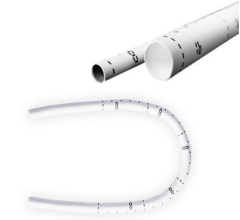September 2, 2008 - Patients with both diabetes and advanced blockages in at least three heart vessels will find good news in new findings announced from the CARDia trial, said the Society for Cardiovascular Angiography and Interventions (SCAI)
The one-year findings of the new study indicate these patients can safely choose to undergo angioplasty and stenting rather than open-heart surgery.
At the European Society of Cardiology Congress in Munich, Germany, investigators from the U.K. presented the results of CARDia (Coronary Artery Revascularization in Diabetes), a clinical trial comparing percutaneous coronary intervention (PCI) vs. open-heart surgery in patients typically considered to be poor candidates for angioplasty and stenting. Since the combination of diabetes and multi-vessel coronary artery disease has long been considered the domain of surgeons, their findings surprised some. The patients who underwent PCI rather that surgery did just as well as the surgery patients on the primary endpoint of death, heart attack, and stroke, according to the study. In addition, the PCI patients experienced fewer strokes and less bleeding.
This finding differs from earlier trials comparing PCI and surgery in these patients, perhaps because drug-eluting stents have been added to the mix, suggest SCAI leaders.
“The take-away message is that diabetic patients with complex coronary artery disease may now be able to choose angioplasty and stenting over bypass surgery,” said Dr. Bonnie Weiner, SCAI immediate past-president, professor of medicine, and director of interventional cardiology research at St. Vincent Hospital at Worcester Medical Center, Worcester, MA. “It’s important to realize that this is one trial and the first-year findings, but it’s a good sign for patients because it could ultimately broaden their options.”
CARDia also examined whether, after undergoing PCI or surgery, patients required a repeat procedure. The difference in repeat revascularization between PCI and bypass surgery was very small but statistically significant, despite an unusually low rate for both groups (9.9 percent for PCI vs. 2 percent for bypass). Further, when the patients who received drug-eluting stents (rather than bare metal stents or the entire study population) were specifically analyzed, the difference in revascularization in the PCI group was even lower, and the difference in the rates of repeat revascularization was less important (7.3 percent for PCI vs. 2 percent for bypass). This represented about two-thirds of the study population and more closely reflects current practices.
For more information: www.scai.org, www.seconds-count.org


 January 24, 2025
January 24, 2025 








